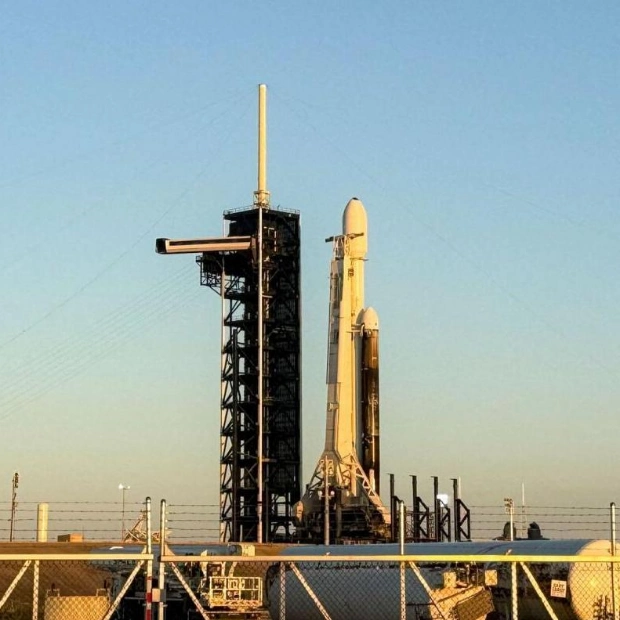In April, on a warm, sunny day, biologists David Duffy and Jessica Farrell set out on a small boat to explore the Matanzas River, cataloging its aquatic life. The river, lazily flowing along Florida’s northeastern coast, is teeming with hidden biodiversity. As they navigate, a pod of bottlenose dolphins emerges, providing a glimpse of the river’s lively inhabitants. The team’s journey will reveal more than just visible life; they are on a mission to collect environmental DNA (eDNA), a revolutionary tool in biodiversity research.
eDNA, shed by all living organisms, offers a window into the unseen world of aquatic and terrestrial species. This method has transformed conservation efforts, allowing scientists to detect species without direct observation. Farrell and Duffy’s work at the University of Florida’s Whitney Laboratory for Marine Bioscience exemplifies this cutting-edge approach. By collecting water samples and analyzing the DNA within, they can identify a myriad of species, from elusive sea turtles to invasive species like the American bullfrog.
The challenges of interpreting eDNA are significant but surmountable. Factors such as water temperature and chemistry influence how long DNA persists in the environment. Despite these complexities, eDNA offers unparalleled insights into species distribution and health. For instance, by analyzing DNA from sea turtle nests, the team can monitor the presence of a tumor-causing virus affecting these endangered creatures.
As technology advances, so does the scope of eDNA applications. Researchers are now exploring airborne eDNA, collecting genetic material from the air to monitor terrestrial species. This method, still in its infancy, promises to revolutionize how we understand and protect biodiversity. With tools like eDNA and emerging technologies like SHERLOCK, the future of conservation looks promising, offering a comprehensive view of the natural world that was once beyond our reach.
Source link: https://www.sciencenews.org






